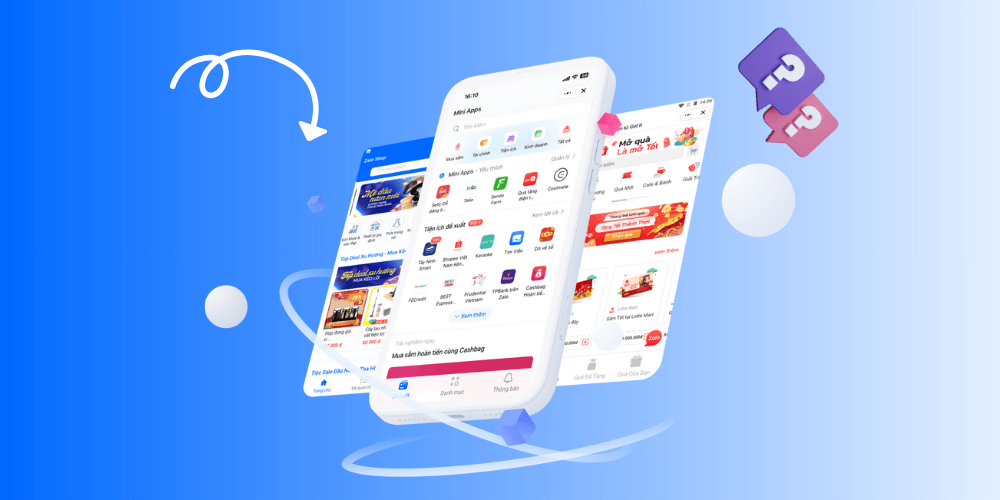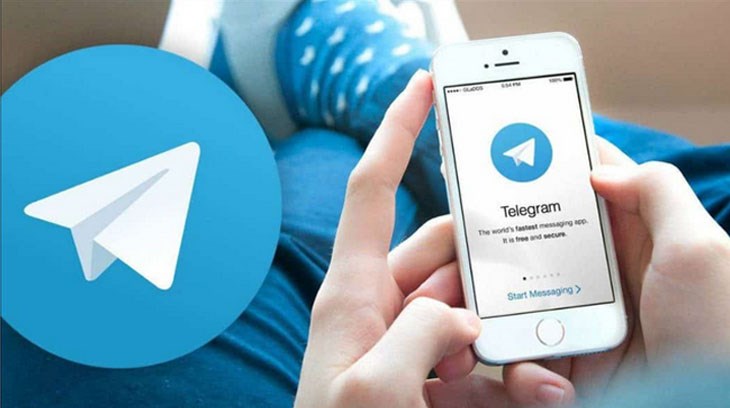On November 20, Telegram introduced a major update to its mini app ecosystem with the release of Mini Apps 2.0, a new version that promises to revolutionize the way users interact with the platform’s mini apps. The update introduces several key features that not only enhance functionality but also significantly improve the user experience. From gaming to location-based services, Telegram’s Mini Apps 2.0 update brings new dimensions of flexibility and control for both developers and users. Here’s a closer look at the top features of this exciting update and what they mean for the future of Telegram’s mini app ecosystem.
Here's ads banner inside a post
Full-Screen Support for an Immersive Experience
One of the most anticipated features of Mini Apps 2.0 is the introduction of full-screen support, a game-changer for users who enjoy playing games or engaging with other content that requires more immersive visuals. With this update, Telegram mini apps now support seamless switching between landscape and portrait modes, allowing apps to optimize their display according to the orientation of the device. This is especially beneficial for gaming apps, which require complex gestures for player interaction. Players can now enjoy better control and more fluid gameplay, no matter how they choose to hold their device.

Here's ads banner inside a post
This feature is also ideal for other types of mini apps that involve rich media content, such as video streaming or virtual tours. By enabling apps to fully take advantage of the screen’s size and orientation, users can enjoy a more engaging and dynamic experience.
Device Motion Tracking: A Step Towards Virtual Reality
Another significant update is device motion tracking, which allows mini apps to track and respond to the movements of the device itself. This feature will likely have the most impact in the gaming world, where users can interact with games in entirely new ways. For example, motion tracking allows users to rotate their screens even when locked, adding an element of physical interaction to the app experience.
The implications of this feature go beyond just gaming. Motion tracking could lay the groundwork for potential virtual reality (VR) integration within Telegram’s mini apps in the future. With VR being an increasingly important aspect of digital engagement, it’s clear that Telegram’s move to incorporate motion tracking could open up exciting new possibilities for both developers and users. Whether it’s for immersive shopping experiences, virtual meetings, or even virtual tourism, the potential for motion-based interaction is vast.
Here's ads banner inside a post

Streamlining Access with Home Screen Shortcuts
In addition to enhancing functionality, the update also focuses on improving the overall user experience with the introduction of home screen shortcuts. Now, users can easily add their favorite mini apps to their home screen for quick access. This small but significant feature streamlines navigation, making it much easier for users to jump directly into the apps they use most frequently without needing to open Telegram and search for them.

For users who regularly engage with specific mini apps, this feature can save valuable time, enabling faster access to important tools or services. It’s a subtle but thoughtful addition that improves the overall efficiency and accessibility of Telegram’s growing mini app ecosystem.
Geolocation Access: Enhancing Location-Based Apps
The geolocation access feature is another major update in Mini Apps 2.0, enabling mini apps to request location data from users. This opens up new possibilities for location-based games and services. For example, developers can now create apps that use real-world locations to offer more immersive and personalized experiences. Whether it’s for a game like Pokémon GO or a local event discovery app, geolocation data can help apps deliver highly relevant content based on where users are.

Telegram has emphasized that users have full control over their privacy and location data. Apps will only be able to access location information once the user grants permission, ensuring that privacy remains a top priority. This transparency and control over personal data is crucial in today’s digital age, especially with growing concerns about how location data is used by tech companies.
Monetization Options for Developers
One of the most significant aspects of Mini Apps 2.0 is the ability for developers to monetize their apps directly within Telegram. With the new subscription plan feature, developers can now offer premium content and features to users who subscribe to their mini apps. This allows users to unlock exclusive content, enjoy rewards, and even receive extended messaging limits, all through Telegram’s Stars system.
The introduction of subscription plans offers a sustainable way for developers to generate revenue from their mini apps while maintaining the quality and engagement that users expect. With Telegram’s large user base, this could open up new avenues for indie developers and small businesses looking to capitalize on their creative work without the need for external platforms or payment processors.
Enhanced App Features for a Personalized Experience
Telegram’s Mini Apps 2.0 update doesn’t stop at large-scale functionality improvements; it also includes several smaller but significant features aimed at personalizing the user experience. For example, developers can now create custom loading screens for their apps via the @BotFather tool. This allows developers to add their personal touch and branding to the mini app experience, creating a more cohesive and engaging experience for users.

Additionally, Telegram now allows mini apps to share media, send gifts, and even use emojis as statuses within the app. These enhancements are perfect for social apps that thrive on interaction and engagement, giving users more ways to express themselves and connect with others within the Telegram ecosystem.
Optimizing Performance Across Devices
Mini Apps 2.0 also introduces better access to basic hardware information, such as processing power and memory capacity. With this new data, mini apps can adjust their settings and optimize performance based on the user’s device. This is particularly important for apps that require significant resources, such as high-end games or multimedia apps. By ensuring that apps are optimized for a range of devices, developers can deliver a smoother, more consistent experience for all users, regardless of the device they are using.

This is a crucial update, as Telegram continues to grow in popularity, with more users on a wider variety of devices. Providing developers with tools to optimize their apps for diverse hardware capabilities is a win for both developers and users, ensuring that the platform remains accessible to everyone.
Looking Ahead: The Future of Telegram’s Mini Apps
The release of Telegram Mini Apps 2.0 marks a significant milestone in the evolution of the platform. With its new features, Telegram is not only improving the experience for existing users but also providing developers with powerful tools to create richer, more immersive experiences. From gaming and virtual reality to location-based services and monetization, the update paves the way for an even more dynamic and engaging app ecosystem.
As Telegram continues to innovate and expand its mini app offerings, we can expect to see even more exciting features in the future. Whether it’s further integration of VR, advanced AI capabilities, or new tools for developers, the future of Telegram’s mini apps looks incredibly promising.
For users and developers alike, Telegram Mini Apps 2.0 is more than just an update – it’s a glimpse into the future of app ecosystems and the endless possibilities that lie ahead. With Telegram leading the way, the future of digital interaction is brighter than ever.


